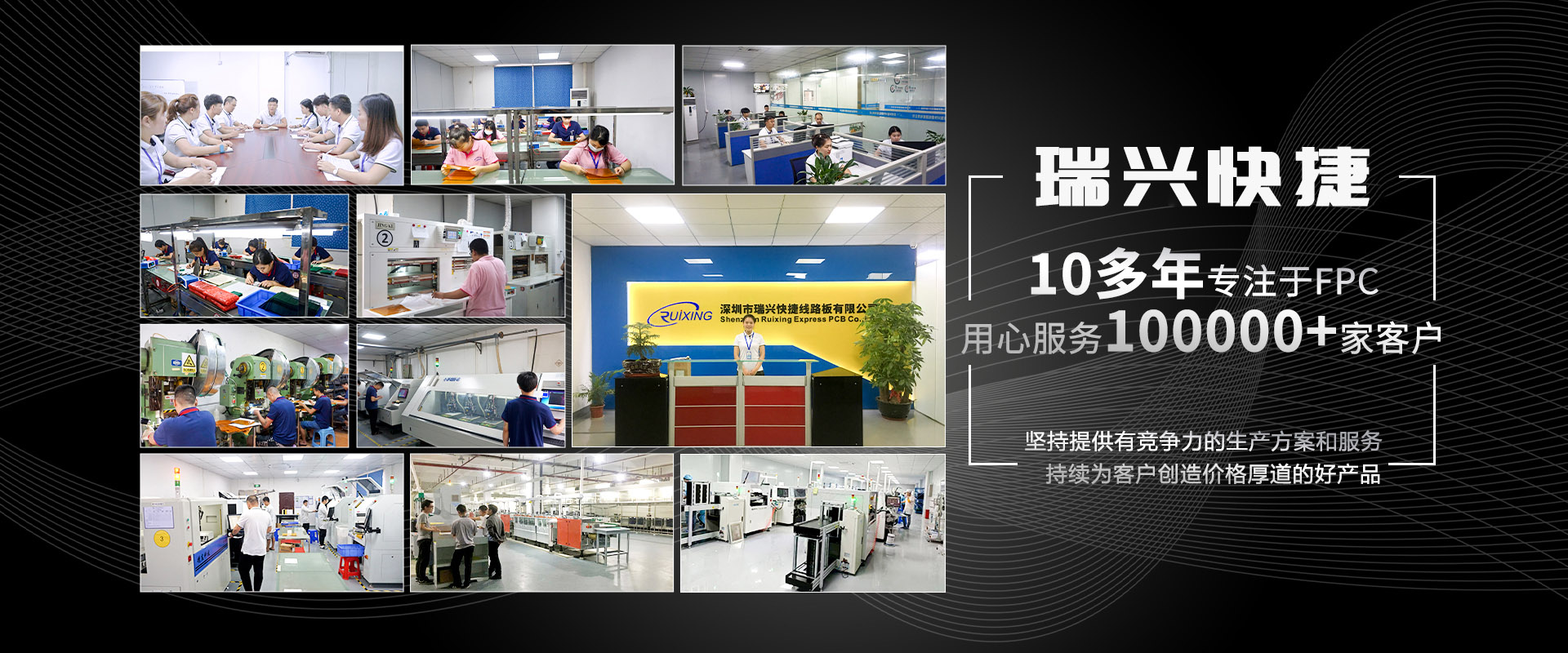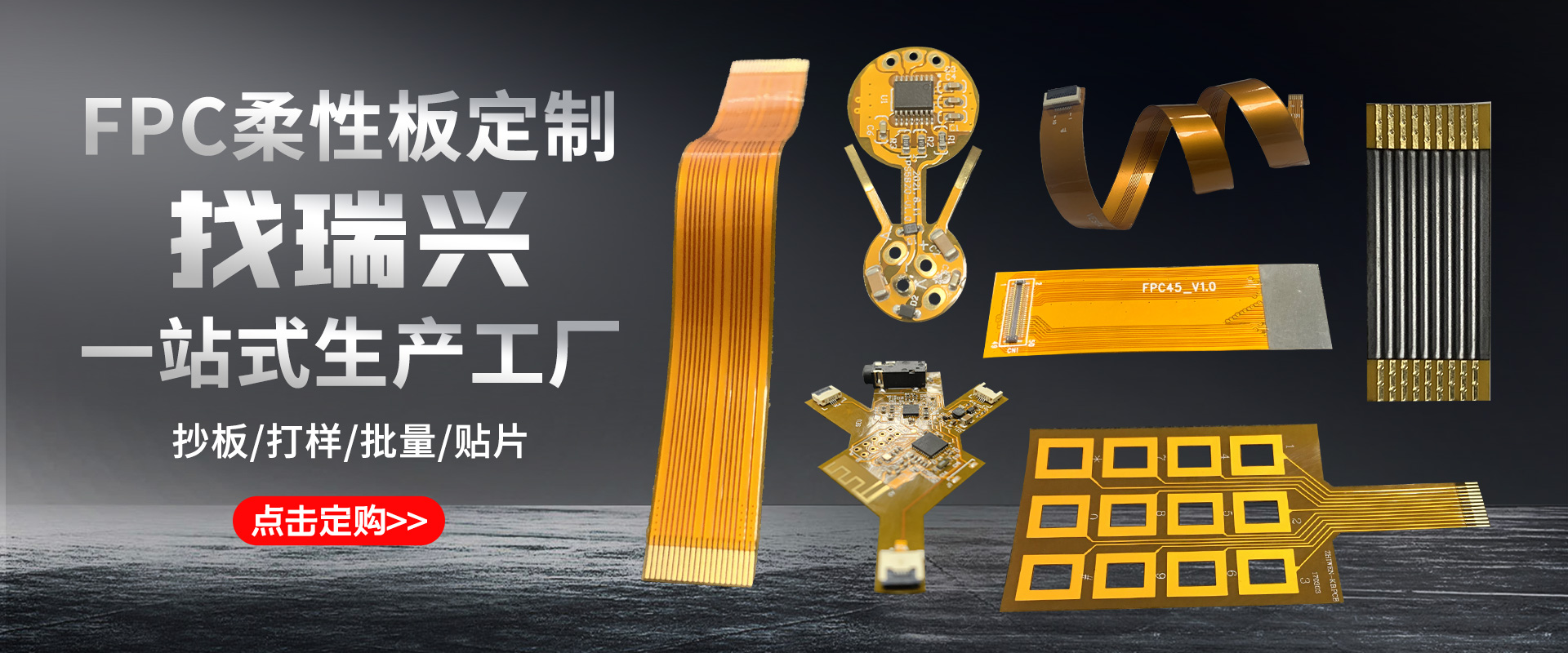
What are the factors that affect PCB impedance?
In PCB sampling, the circuit performance provided by the PCB board must be able to prevent signal reflection during transmission, maintain signal integrity, reduce transmission loss, and play a role in matching impedance. Only in this way can complete, reliable, accurate, non-interference, and noise free transmission signals be obtained. The relationship between characteristic impedance and substrate material is very close, so the selected substrate material is very important in PCB sampling.
The main factors affecting characteristic impedance are:
1. Dielectric constant of materials and its influence
The speed of signal transmission in dielectric materials will decrease with the increase of dielectric constant. Therefore, in order to achieve high signal transmission speed, it is necessary to reduce the dielectric constant of the material. At the same time, in order to achieve high transmission speed, it is necessary to use high characteristic resistance values, which in turn require the use of low dielectric constant materials.
2. The influence of wire width and thickness
The allowable variation in wire width during PCB sampling will inevitably lead to significant changes in impedance values. This requires manufacturers to ensure that the line width meets the design requirements and changes within the tolerance range in PCB sampling to meet the impedance requirements. It should be noted that before electroplating, the surface of the wire should be clean and there should be no residue or black repair oil adhered to it. Otherwise, it may cause the copper to not be plated during electroplating, causing local wire thickness to change, thereby affecting the characteristic impedance value. In addition, during the process of brushing the board, it is important to be careful not to change the thickness of the wire, resulting in changes in impedance values.
3. The influence of medium thickness
The characteristic impedance is directly proportional to the natural logarithm of the thickness of the medium. The thicker the medium, the greater its impedance. Therefore, the thickness of the medium is another major factor affecting the characteristic resistance value. Because the width of the wire and the dielectric constant of the material are already determined before production, controlling the layer thickness (dielectric thickness) is the main means of controlling the characteristic impedance in PCB sampling. Changes in the layer thickness of each layer will cause significant changes in impedance values. Therefore, in PCB sampling, the characteristic impedance value will increase with the increase of dielectric thickness.
Therefore, for high-frequency circuits with strict control over characteristic impedance values, strict requirements should be put forward for the error in the dielectric thickness of the substrate material. Generally speaking, the variation in dielectric thickness should not exceed 10%. For multi-layer boards, the thickness of the medium is closely related to multi-layer lamination processing, therefore, the characteristic impedance should be strictly controlled.







